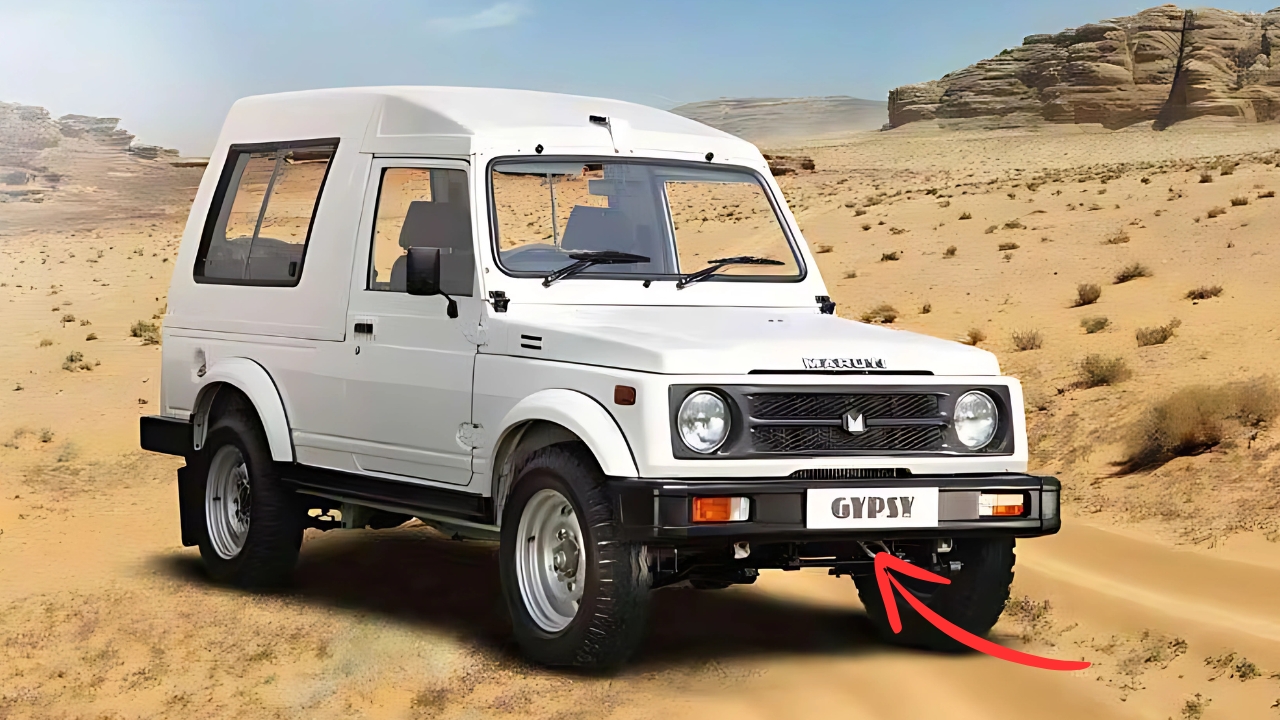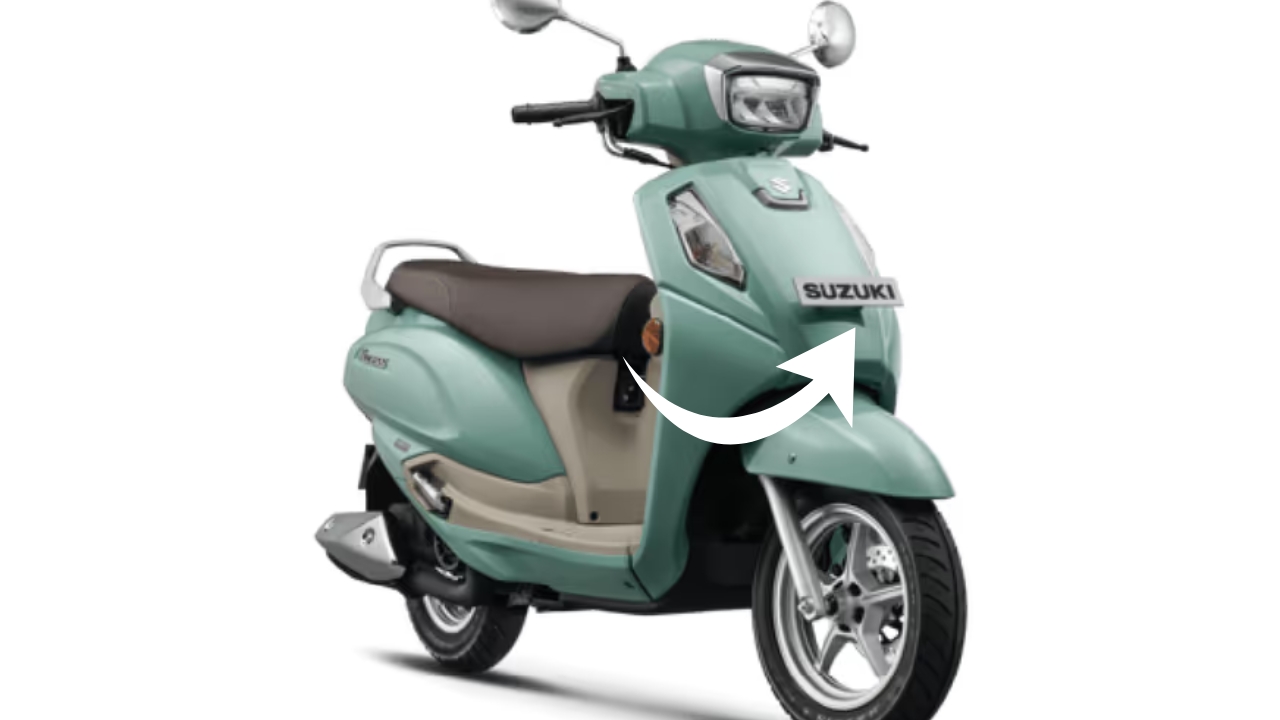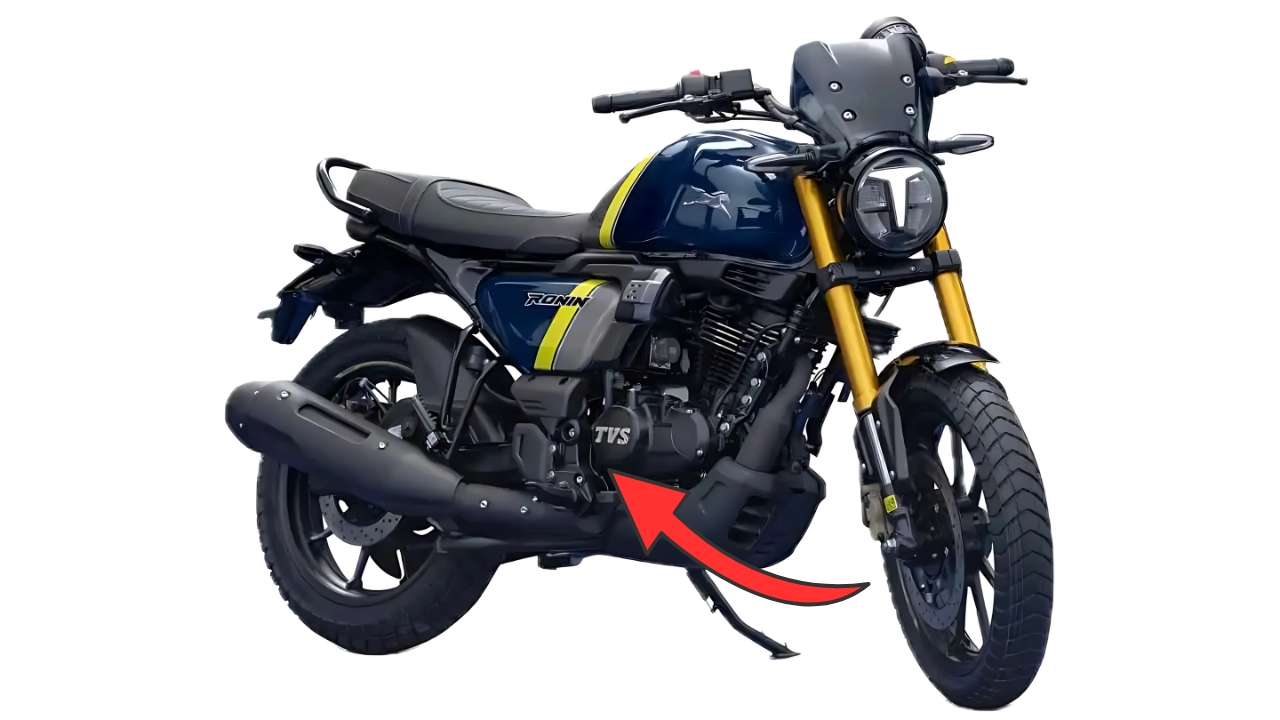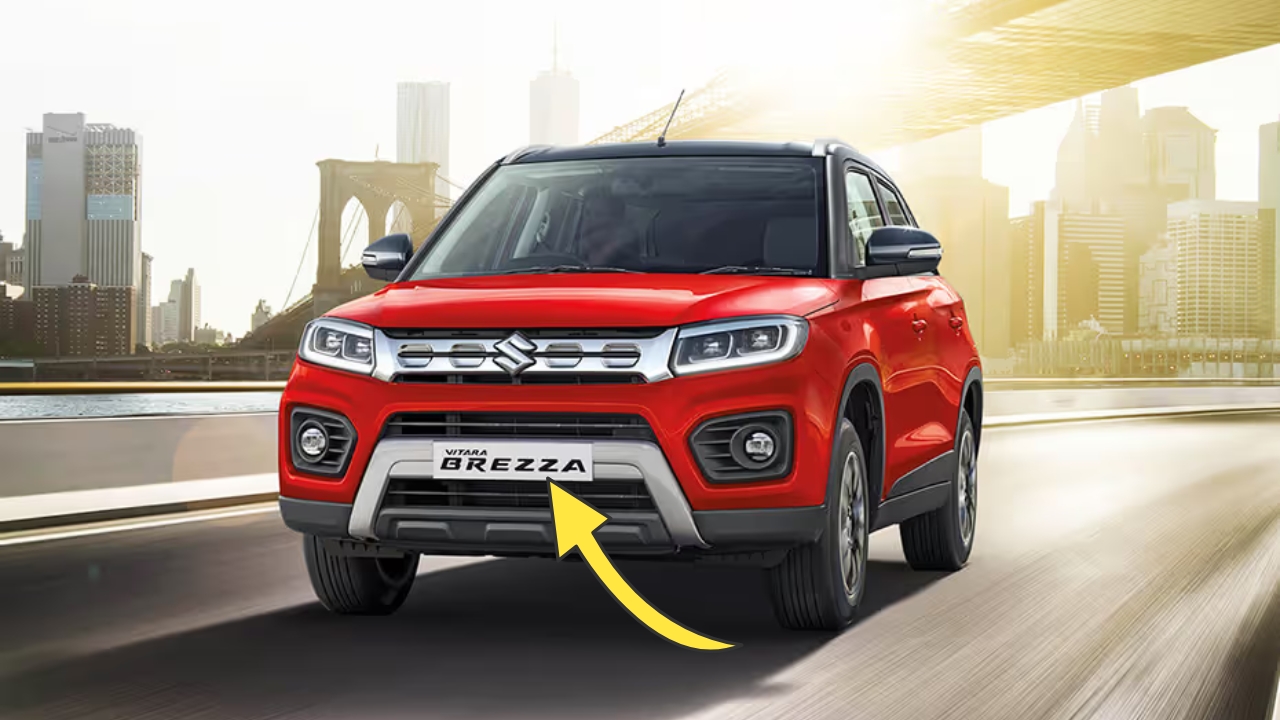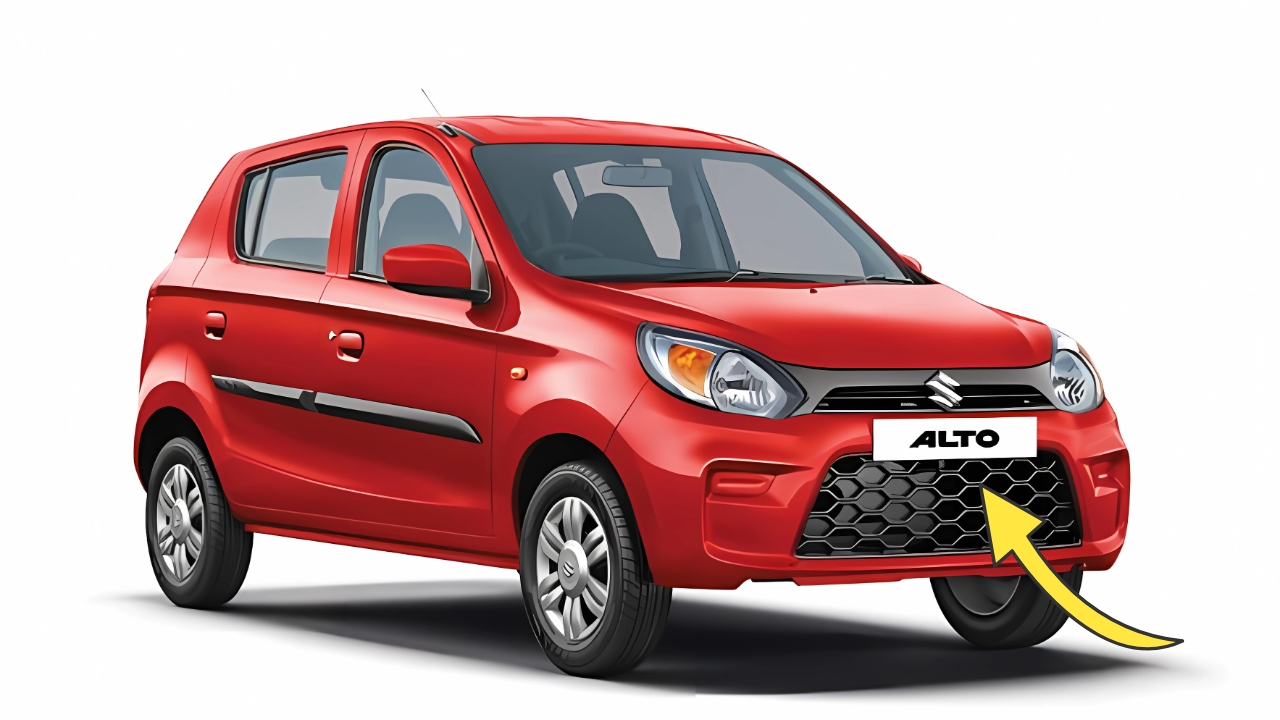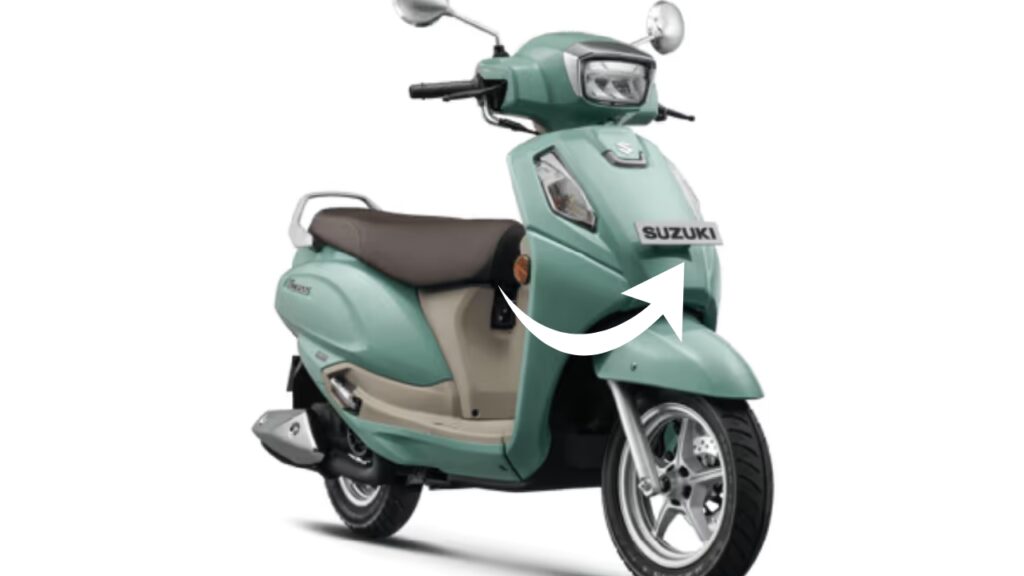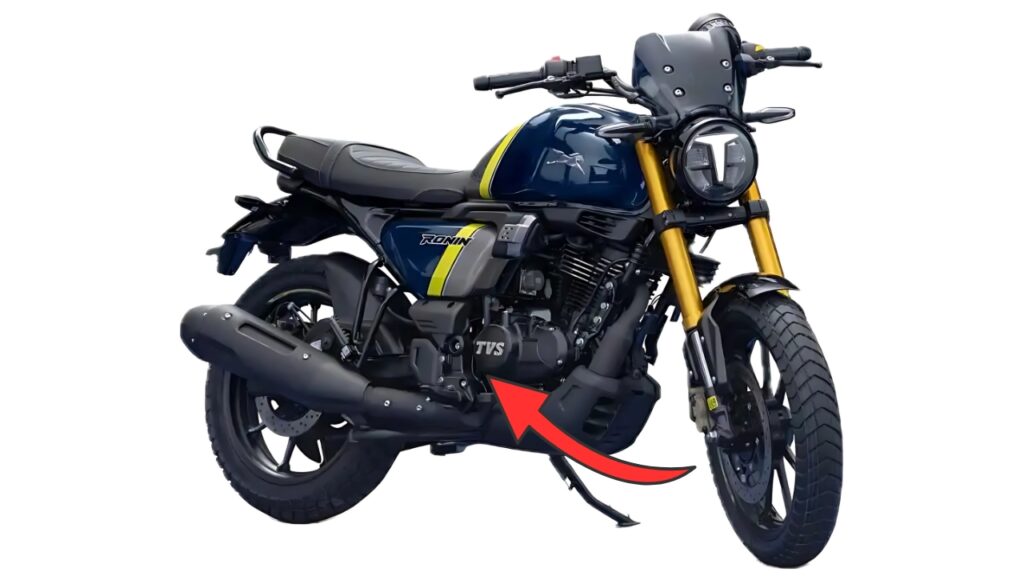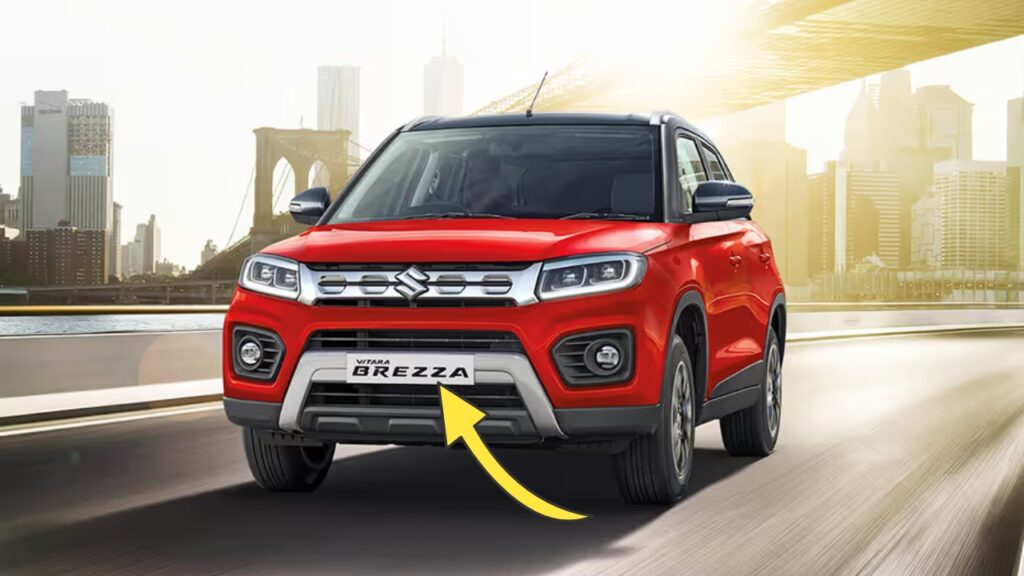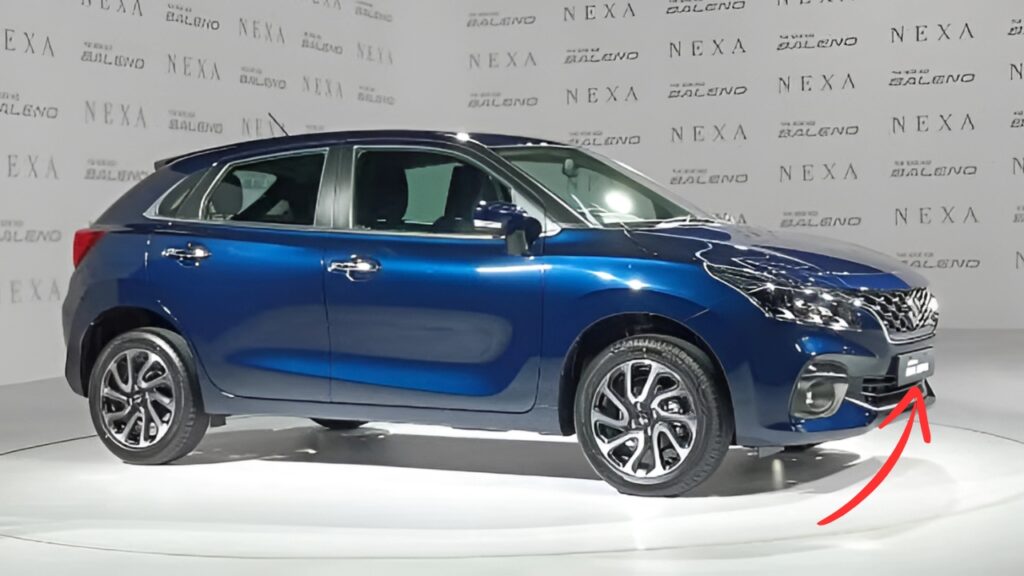Maruti Gypsy: The Maruti Gypsy holds a special place in Indian automotive history as one of the most capable and beloved off-road vehicles to have graced the country’s diverse landscapes.
From the snow-covered Himalayan passes to the scorching desert terrains of Rajasthan, this lightweight, rugged, and mechanically simple four-wheel-drive has built a legacy that continues to inspire enthusiasts decades after its introduction.
Maruti Gypsy: Origins and Evolution
Launched in India in 1985, the Gypsy was essentially the long-wheelbase version of the second-generation Suzuki Jimny (SJ410/SJ413), known internationally as the Suzuki Samurai in some markets.
What began as a relatively niche product soon gained recognition for its exceptional off-road capabilities and reliability in challenging conditions.
The original Gypsy came equipped with a 1.0-liter petrol engine, which was later upgraded to a more powerful 1.3-liter unit in 1993, creating the Gypsy King.
While the vehicle received minor cosmetic updates and equipment additions throughout its production run, its fundamental architecture remained largely unchanged—a testament to the soundness of its original design.
Maruti Suzuki officially discontinued the Gypsy for civilian sales in 2019 due to evolving safety and emission norms, but continued limited production for military and institutional use.
The decades-long production run with minimal changes made it one of the longest-manufactured vehicles in Indian automotive history.
Technical Specifications
| Specification | Details |
|---|---|
| Engine | 1.3L G13BB, 4-cylinder, MPFI petrol |
| Displacement | 1298cc |
| Maximum Power | 80 bhp @ 6000 rpm |
| Maximum Torque | 103 Nm @ 4500 rpm |
| Transmission | 5-speed manual |
| Drive System | Part-time 4WD with low-range transfer case |
| Suspension (Front) | Rigid axle, semi-elliptical leaf springs |
| Suspension (Rear) | Rigid axle, semi-elliptical leaf springs |
| Braking System | Disc (Front) / Drum (Rear) |
| Length × Width × Height | 4010 mm × 1540 mm × 1970 mm |
| Wheelbase | 2375 mm |
| Ground Clearance | 210 mm |
| Approach Angle | 40 degrees |
| Departure Angle | 30 degrees |
| Kerb Weight | 985-1030 kg (variant dependent) |
| Fuel Tank | 40 liters |
| Seating Capacity | 4 (2+2 configuration) |
| Turning Radius | 4.9 meters |
Performance and Off-Road Capabilities
The Gypsy’s exceptional off-road prowess stems from several key attributes that work in harmonious conjunction.
The lightweight body (under 1,000 kg), high ground clearance, favorable approach and departure angles, and robust four-wheel-drive system with low-range transfer case allow it to traverse terrain that would defeat many more sophisticated modern SUVs.
The leaf spring suspension, while primitive by contemporary standards, offers excellent articulation and durability in off-road conditions.
The rigid axles front and rear provide consistent wheel positioning regardless of suspension compression, improving traction in uneven terrain.
On paved roads, the Gypsy exhibits the expected characteristics of a purpose-built off-roader: a firm ride, pronounced body roll during cornering, and noticeable wind noise at highway speeds.
The non-power-assisted recirculating ball steering requires effort at low speeds but provides good feedback on challenging terrain.
The 1.3-liter petrol engine, while modest in output by modern standards, delivers adequate performance due to the vehicle’s light weight.
The engine’s relatively simple construction prioritizes reliability over refinement, with excellent accessibility for field repairs—a crucial consideration for vehicles operated in remote areas.
Key Highlights:
-
Exceptional capability-to-cost ratio made it accessible to enthusiasts
-
Mechanically simple design allowed for easy repairs and modifications
-
Legendary reliability even in extreme temperature conditions
-
Minimal electronic systems reduced potential failure points
-
Excellent aftermarket support for enhancements and modifications
-
Highly customizable platform for specialized applications
-
Naturally balanced weight distribution for climbing steep gradients
-
Compact dimensions enabling navigation through tight trails
- Easy-to-modify suspension for increased articulation or lift
Cultural Impact and Institutional Use
The Gypsy’s cultural footprint extends far beyond its sales figures. It gained iconic status through its extensive use by the Indian Armed Forces, particularly in high-altitude border areas where its lightweight construction and reliable performance proved invaluable.
The vehicle’s military association cemented its reputation for toughness in the public perception.
In motorsport, the Gypsy dominated Indian rallying and off-road competitions for decades.
Its combination of light weight, robust construction, and simple mechanics made it the preferred choice for competitive events across diverse terrains.
Even today, modified Gypsys remain competitive in various off-road challenges against much newer vehicles.
The Gypsy also found favor with various government departments including forest services, police forces, and survey teams operating in remote areas.
Its versatility and dependability made it ideally suited for patrolling national parks, wildlife sanctuaries, and border regions.
Ownership Experience
Gypsy ownership typically appeals to enthusiasts who prioritize capability over comfort. The spartan interior, limited creature comforts, and utilitarian design reflect its purpose-built nature.
The soft-top versions particularly emphasize the connection with the outdoors, offering an experience closer to a motorcycle than a conventional car.
Fuel efficiency varies significantly based on driving conditions and modifications, typically ranging from 10-14 km/l.
Maintenance costs remain reasonable due to the simple mechanicals and widespread parts availability, though finding certain body panels has become challenging since production ceased.
The vehicle’s enduring popularity has created a strong resale market, with well-maintained examples commanding prices close to or sometimes exceeding their original cost.
This value retention reflects both the Gypsy’s cult status and the absence of a direct replacement in the Indian market.
Practical Considerations
Daily usability presents some challenges, particularly in urban environments. The non-power-assisted steering, firm ride, limited interior space, and basic noise insulation make it less suitable as a primary family vehicle by contemporary standards.
The rear jump seats offer limited comfort for adult passengers on longer journeys.
Storage space is minimal with the standard configuration, though the rear can be modified for increased cargo capacity by removing or relocating the jump seats.
Aftermarket accessories including roof racks and external carriers help address this limitation for overlanding enthusiasts.
Maruti Gypsy:
The Maruti Gypsy represents a fascinating study in focused automotive design—a vehicle that excelled in its intended purpose while making no pretense about its limitations.
Its enduring appeal stems from this authenticity, offering genuine capability without the weight and complexity that characterize many modern off-roaders.
While the Gypsy’s production run has ended for civilian markets, its influence persists in the enthusiasm of owners’ clubs, the continued demand for well-preserved examples, and the anticipation surrounding the potential introduction of its spiritual successor, the Jimny, to the Indian market.
For those who experienced it, the Gypsy wasn’t merely a vehicle but a faithful companion on adventures across India’s most challenging terrains.
